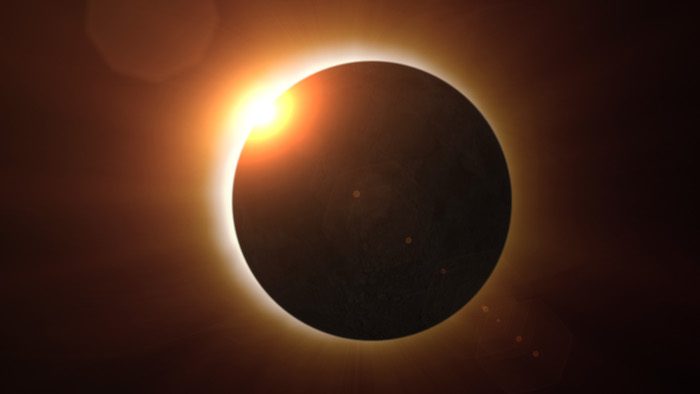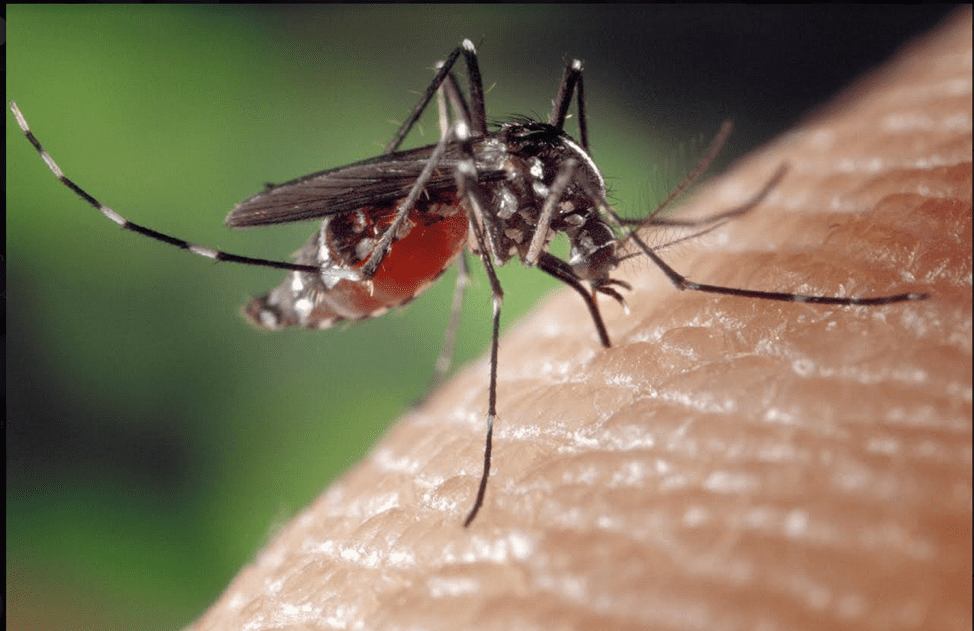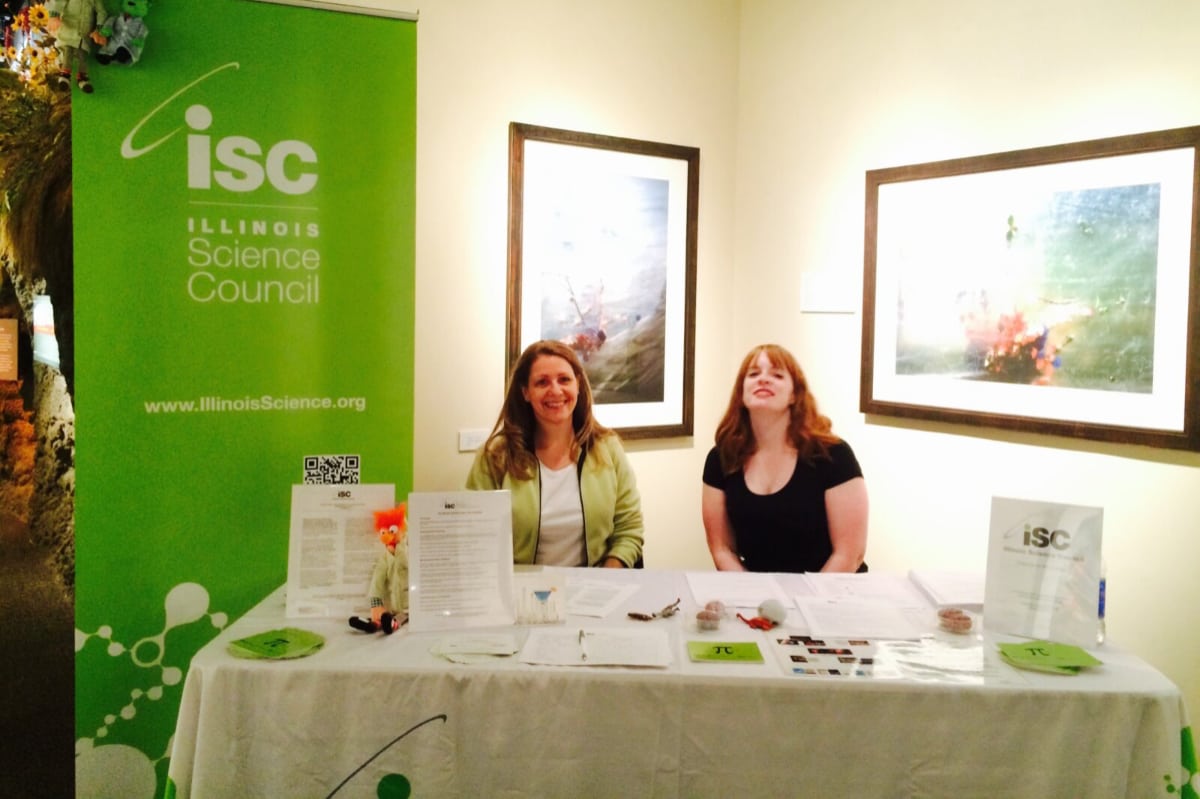Last week, the CDC told us that we should wear face masks to prevent the spread of SARS-CoV-2, the virus that causes COVID-19. But we’ve noticed that some people are wearing them improperly, where they’re not actually protecting themselves and the people around them. We wanted to provide some guidance on how to wear face masks (and gloves) in the right way to keep you safe:
First, we wanted to remind you that the idea behind wearing a mask, N95 or not, is about preventing you from spreading SARS-CoV-2 to others if you already have it. The CDC wants you to assume that you’re infected because, even if you do have it, there’s a good chance you won’t have any symptoms. For your mask to truly protect you, it needs to seal to your face and it needs to be made from a material that keeps tiny viruses out. Your cloth mask can’t do that, unfortunately. The reason the CDC is recommending cloth masks is because N95 masks are hard to find and need to be saved for healthcare workers.
We’re sorry we can’t provide you with better news about masks, but that’s the reality we must deal with today. It’s a new world, and we have to work with what options we have available to us.
Fortunately, we know a little more about how SARS-CoV-2 spreads though, so there’s still a lot you can do to protect yourself.
For instance, we know the virus spreads through droplets, like from spit and snot. That means it can spread by coughing or sneezing on someone, or even by speaking to or breathing on someone from within 3-6 feet. That means you need a that covers both your mouth and nose, as tightly as possible. Whether or not a good-fitting mask is not available, stick the social distancing rules to avoid the virulent breath of others.
If you do have a good-fitting mask, once you put it on, don’t touch or move it. By touching your mask with your potentially contaminated hands, you are going to get the virus on your mask, making it easy to inhale it and make yourself sick. The best way to adjust or remove your mask is to handle it only by the elastic around your ears/the strings on the back of your head.
Also, hopefully you’ve figured this one out on your own already, but your mask won’t work if it’s sitting on your chin. It won’t work if it’s only over your mouth. Don’t laugh; we’ve seen many people pulling their masks down in public to smoke or to speak with others in close proximity. You might as not be wearing a mask at all at this point!
Next, let’s talk about rubber gloves. The SARS-CoV-2 live on surfaces for up to three days, and naturally, this might cause you to want to wear rubber gloves while you’re outside. But while you’re doing that, just keep in mind that rubber gloves just act as another layer of skin. The gloves themselves are a surface, too, and they can get contaminated just like your skin, so you still need to avoid touching your face even if you’r wearing them and you need to replace the gloves as often a you’d wash your hands.
Even with a mask and rubber gloves, you won’t be 100% protected. Make sure you maintain a distance of six feet from others. This is the best way to prevent the spread of the virus. The easiest way to do that is to just stay home. Please do so as much ask you can. Stay safe out there!





